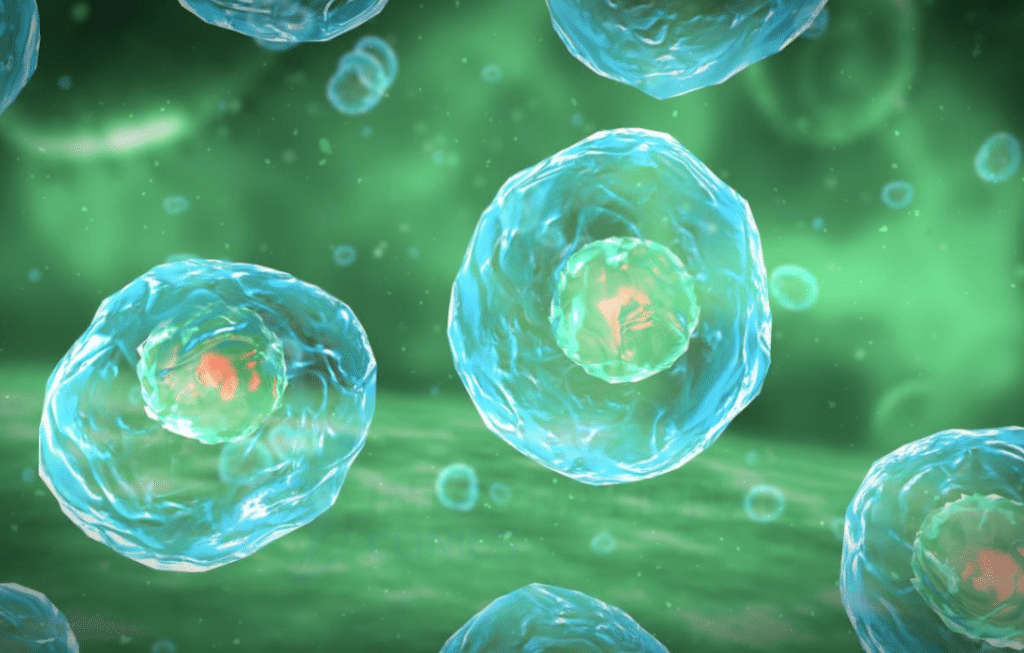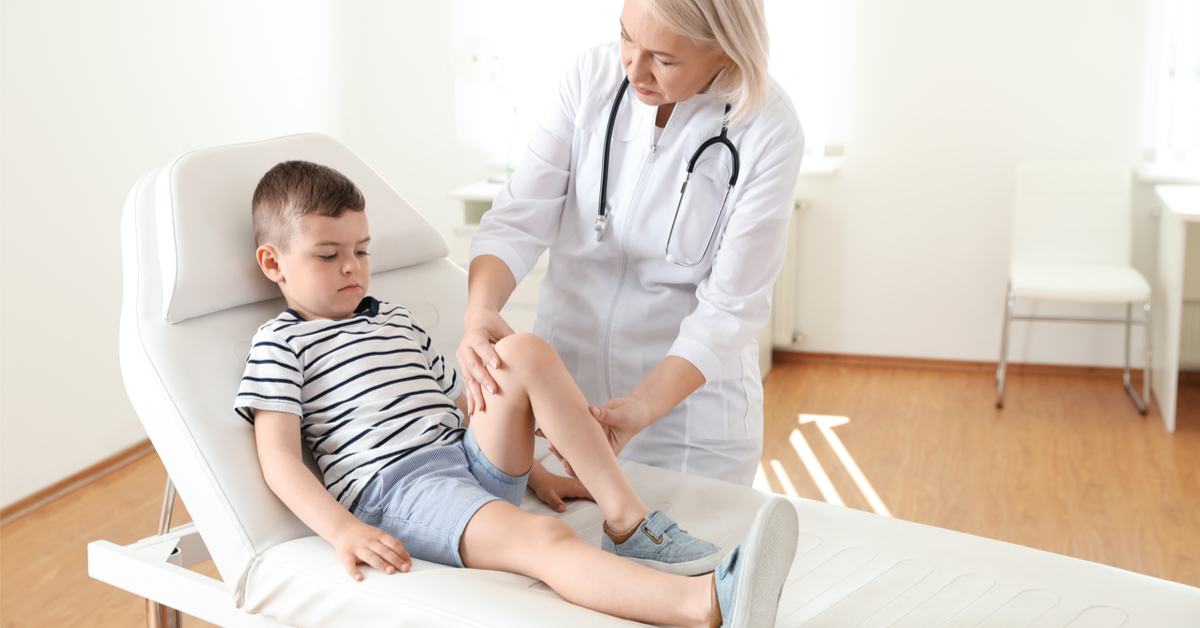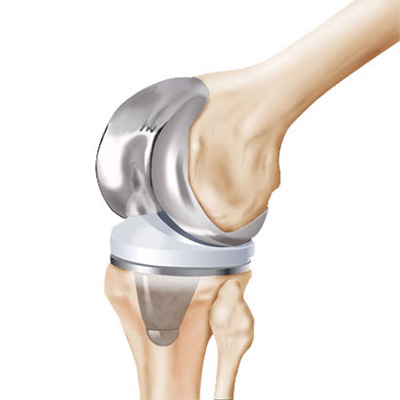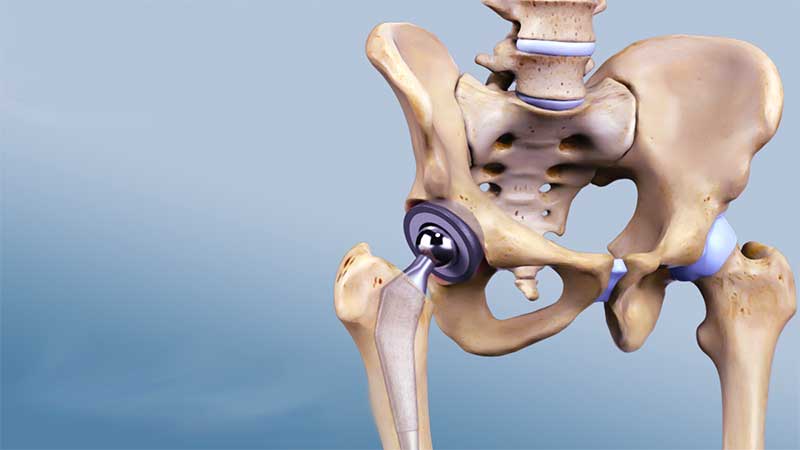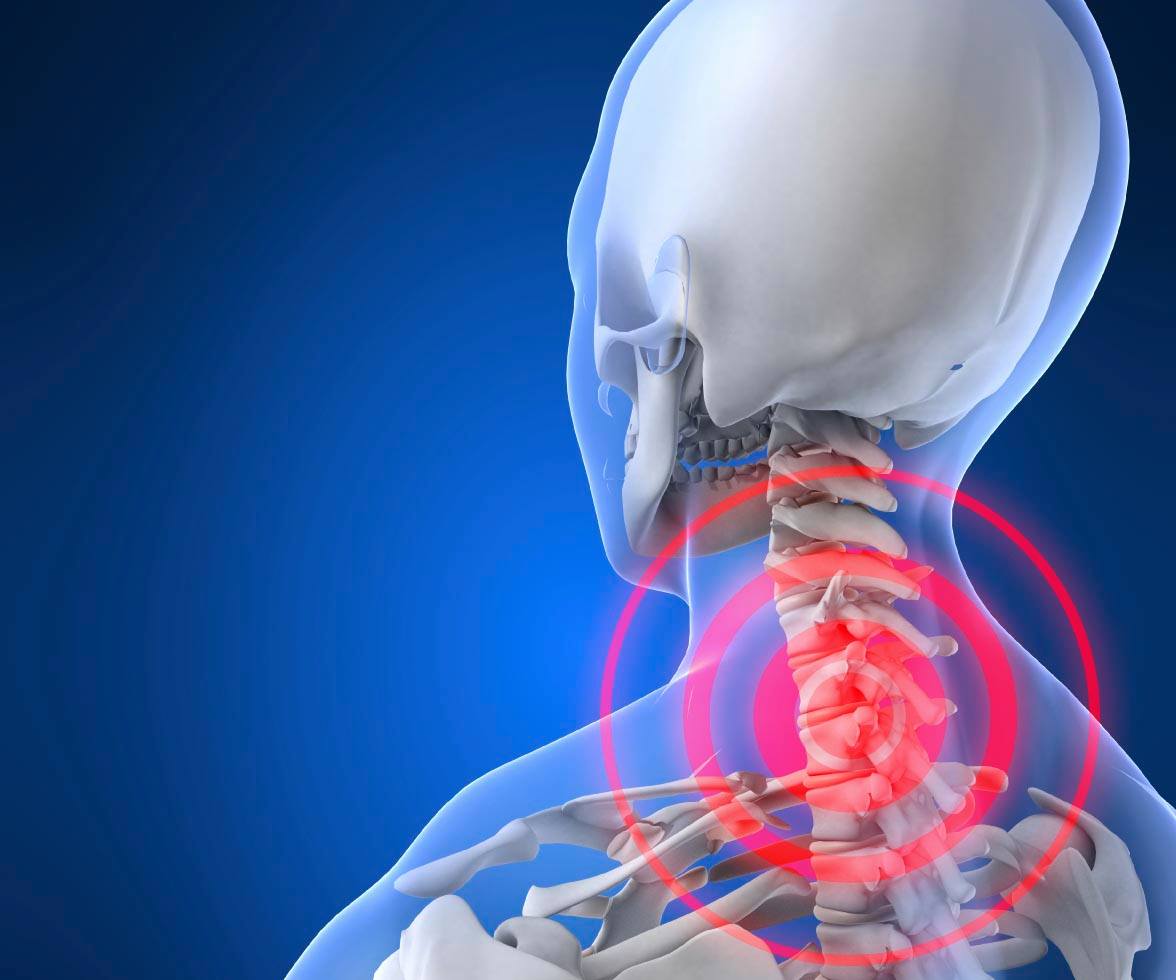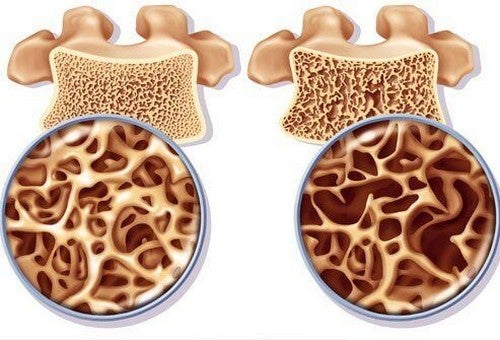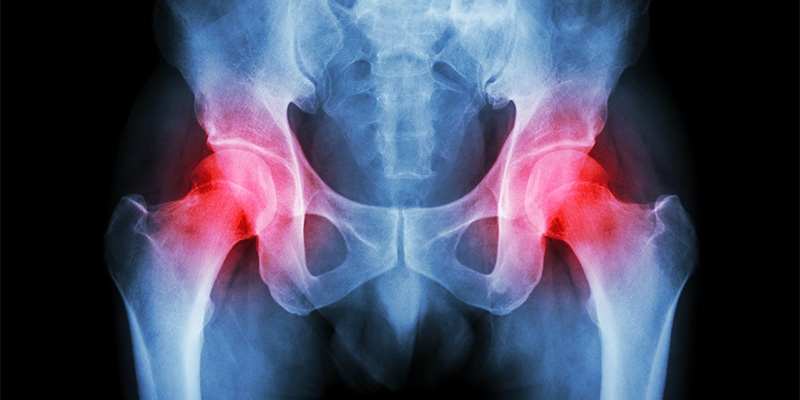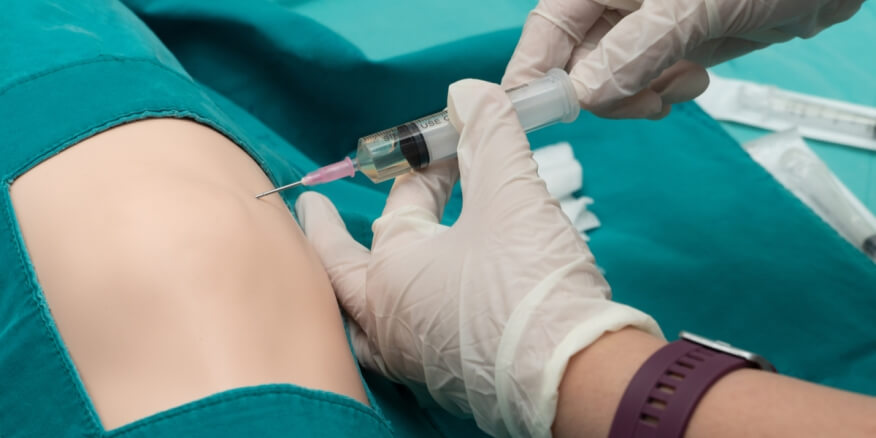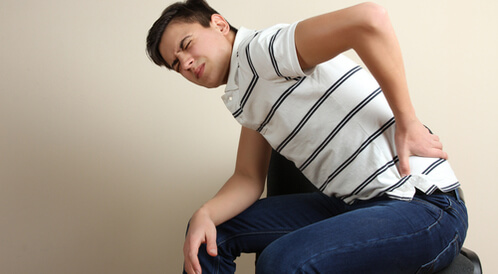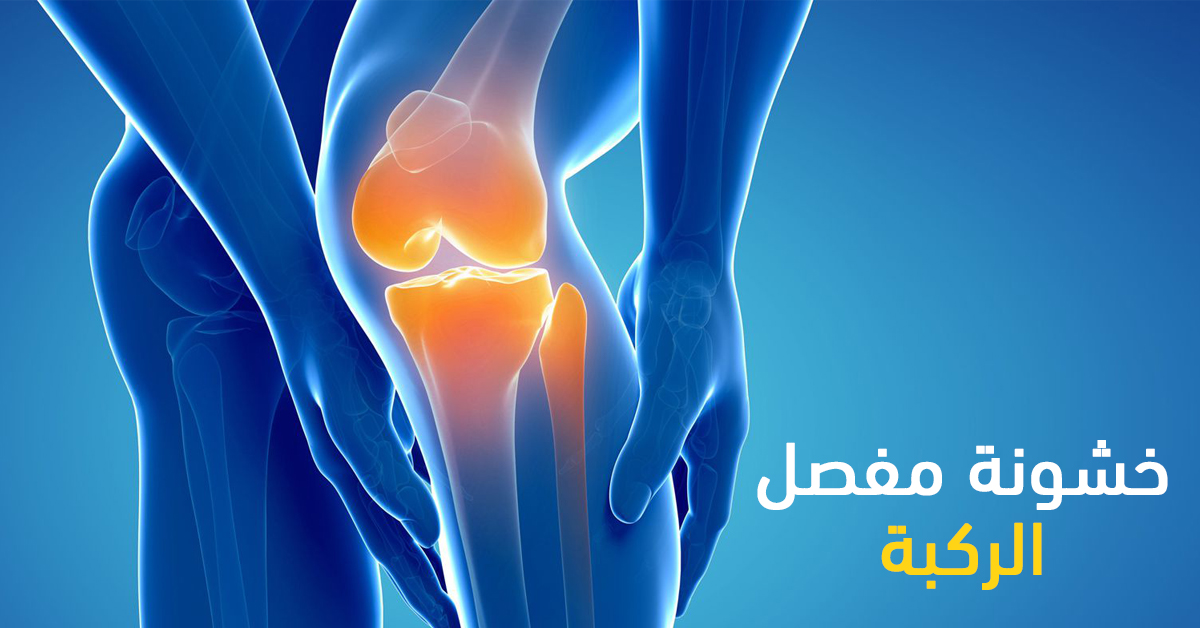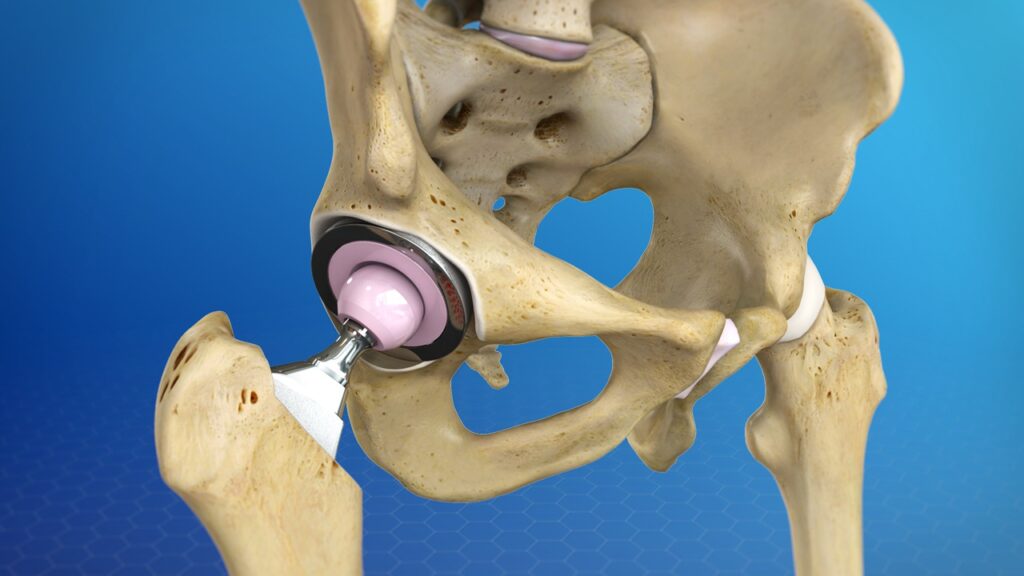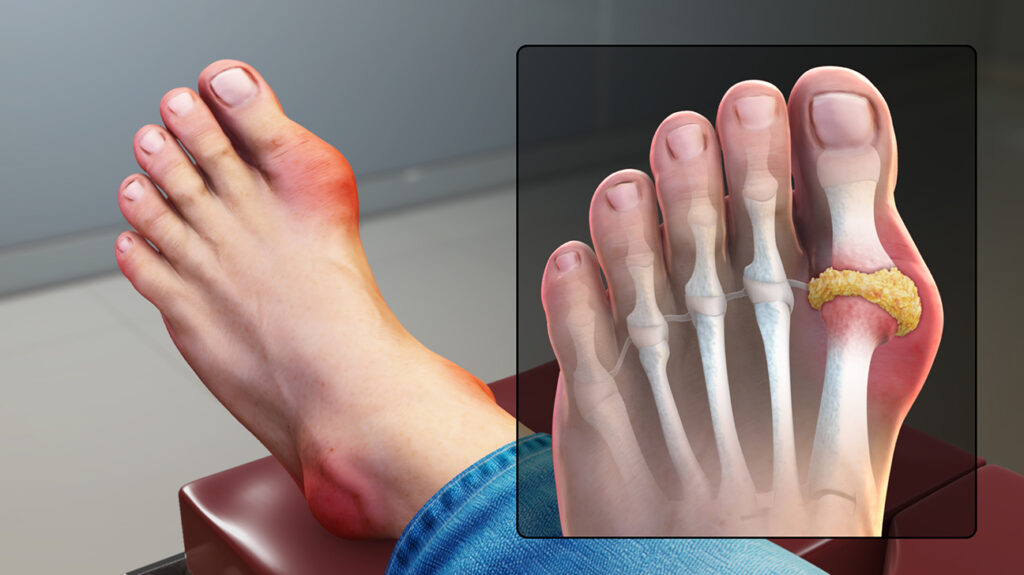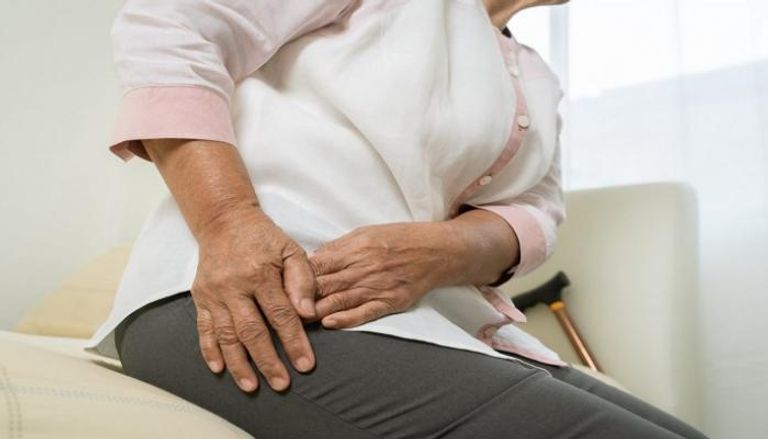What you do not know about ligament rupture
Ligaments are very important because they work to connect the bones well, and exposure to any injuries to these ligaments affects the individual’s movement and activity. Follow the following article with us to learn more information on this topic.
Ligaments torn
A ligament rupture is defined as an injury that occurs in the dense connective tissue through which the bones are attached when they meet the joint, and this happens when they are stretched in an excessive way that exceeds the normal rates as a result of a sudden wrong movement or jumping and a twist occurs as a result, which causes them to rupture.
In order to know how to properly treat ligament rupture, we must first know the most important reasons leading to this from the beginning, and to know this clearly, the specialist doctor follows the following methods:
- Physical examination: The doctor may start a clinical examination to see if there is a rupture of the ligaments or not, and this is identified by comparing the healthy leg with the injured one, and swelling is noted in it.
- X-rays: X-rays are used to ensure that there are no fractures in the bones.
- MRI: Through this, clear images of both hard and soft tissues in the human body are obtained.
- Ultrasound: It is used to photograph the internal organs of the individual’s body and to ensure that there are no injuries to the knee ligaments, tendons, and muscles.
Ligament rupture recovery time
The recovery time for ligament rupture varies according to the severity of the injury that the individual may have been exposed to and his activity. The damage to the ligaments is classified into several stages, such as:
- First degree: At this stage of the injury, the ankle is twisted and there is no tear in it, but it is fixed, and the treatment period for this injury is from two weeks to four weeks, and the individual can lead his life normally after that.
- The second degree: This injury is a moderate sprain with a partial rupture of the ligaments, and this is accompanied by moderate pain and the individual feels unstable with the presence of bruises in many areas, and the treatment period, in this case, takes from 6 to 8 weeks.
- Third degree: A slight sprain occurs with a feeling of instability in the joints, and a rupture of the ligament may occur, resulting in severe pain accompanied by swelling in the leg, and the treatment period at that stage depends on many things, and the doctor alone can determine that.
- Avulsion fracture: In this case, a rupture occurs in one of the ligaments or more than one at the same time, and this is far from the bones, but the fracture may occur during the operation, and the treatment period, in this case, takes from 12 weeks to 6 months.
Ligament rupture treatment
Treatment depends mainly on the place where the rupture occurred and the severity of the injury to which the individual may have been exposed, and examples of the methods used in the treatment are:
- First aid: When exposed to an injury directly, the individual must provide himself with some first aid, and this is represented in immobilizing the injured member and avoiding walking if the injury is in the knee or ankle, and ice compresses are applied to the area of the injury to calm the swelling and pain while taking care to raise the leg infected from the rest of the body.
- Medicines: In cases of mild stretching or minor tearing, some analgesics prescribed by the doctor may be sufficient to calm the pain, for example, ibuprofen or acetaminophen.
- Putting a pressure bandage: In cases where the rupture is severe, the doctor may recommend using a knee brace during the treatment period to reduce swelling.
- Surgery: Surgical intervention is only in serious cases in which there is complete damage to the ligaments, and this makes surgical intervention a must.
Are torn ligaments dangerous?
Ligament rupture is considered one of the most severe injuries that individuals may be exposed to as a result of a sprain in the ligaments, and such an injury results in severe swelling accompanied by bouts of pain, and this makes the individual feel unstable in the joint and lose the ability to walk normally as before, and the more severe the injury to which the individual was exposed, the more severe the associated symptoms are, and it takes a longer treatment period.
A third-degree tear is one of the most dangerous stages in this injury because it causes chronic and severe pain to the individual and his loss of ability to balance and control the joint, and this type of injury is not able to recover on its own and requires immediate medical and surgical intervention to treat the problem permanently before it worsens and seriously increases its severity.
Symptoms of ligament rupture
Many symptoms indicate a rupture of the ligaments, and the following things begin to appear on the individual immediately after his injury:
- Suffering from severe and sudden pain in the affected joint.
- The presence of clear and explicit swelling in the joints.
- Loss of ability to control the affected joint and not walking normally.
- Bruises appear on the skin surrounding the affected joint.
- The joint may move completely from its place, and this appears during the doctor’s examination of the patient.
Does torn ligaments need gypsum?
Not all cases of ligament rupture require gypsum, as it depends on the severity of the injury that the individual may have been exposed to, and some cases require gypsum placement immediately after exposure to the injury, taking care to avoid putting any weight on the injured foot for a period of four to six weeks, after which the individual undergoes a rehabilitation program until the ligaments are treated and their ability to perform their function is restored.
Herbal treatment of torn ligaments
Many herbs are used in cases of rupture, as this method of treatment aims to calm the symptoms and relieve the pain associated with them, such as:
- Saffron: Saffron has very important therapeutic properties because it contains antioxidants and infections, as taking some specific doses of saffron, which the doctor determines for a period of 7 consecutive days, helps relieve pain that is caused by rupture.
- Turmeric: Turmeric is used in treatment because it contains many therapeutic properties because it contains antioxidants and infections and can get rid of free radicals, and it is added to milk and drunk, and this contributes greatly to the treatment of rupture.
- Ginger: A spoonful of ginger is placed in a cup of hot water and a piece of cloth is placed in it, then compresses are applied to the injury area more than once a day, and it can be taken as a drink to strengthen the muscles.
- Arnica: Arnica oil works to calm the severity of inflammation, bruising, and symptoms that are associated with the occurrence of rupture.
- Chamomile: A tablespoon of chamomile is soaked with half a cup of boiling water for a minute, a piece of cloth is placed in it and placed on the affected area, and whenever it cools it is heated again.
What is the treatment for ligament rupture?
The treatment of ligament rupture varies from one case to another according to the severity of the injury to which the individual may have been exposed. Make sure to wear a compression brace and raise the injured leg upwards, but if the injury is severe, immediate surgical intervention is required.
Ligament rupture exercises
When suffering from ligament rupture, the specialist recommends some exercises that help the leg to recover quickly, such as:
- Thigh muscles exercise: This exercise is done by lying on the ground and bending the hands behind the head, after that the knee is raised and bent for 10 seconds and extended again while tightening the other foot muscles, and these steps are repeated in both legs, and this helps the thigh muscles and ligaments to regain its flexibility again.
- Bridge exercise: lying on the floor while raising the thighs and pelvis upward for a few seconds, then lowering again, these steps are repeated in both legs more than once.
- Forward push exercise: the back should be on a vertical level and the injured foot is in front and the other is in the back so that the person is standing with his back flat and the feet are well stretched without bending them.

